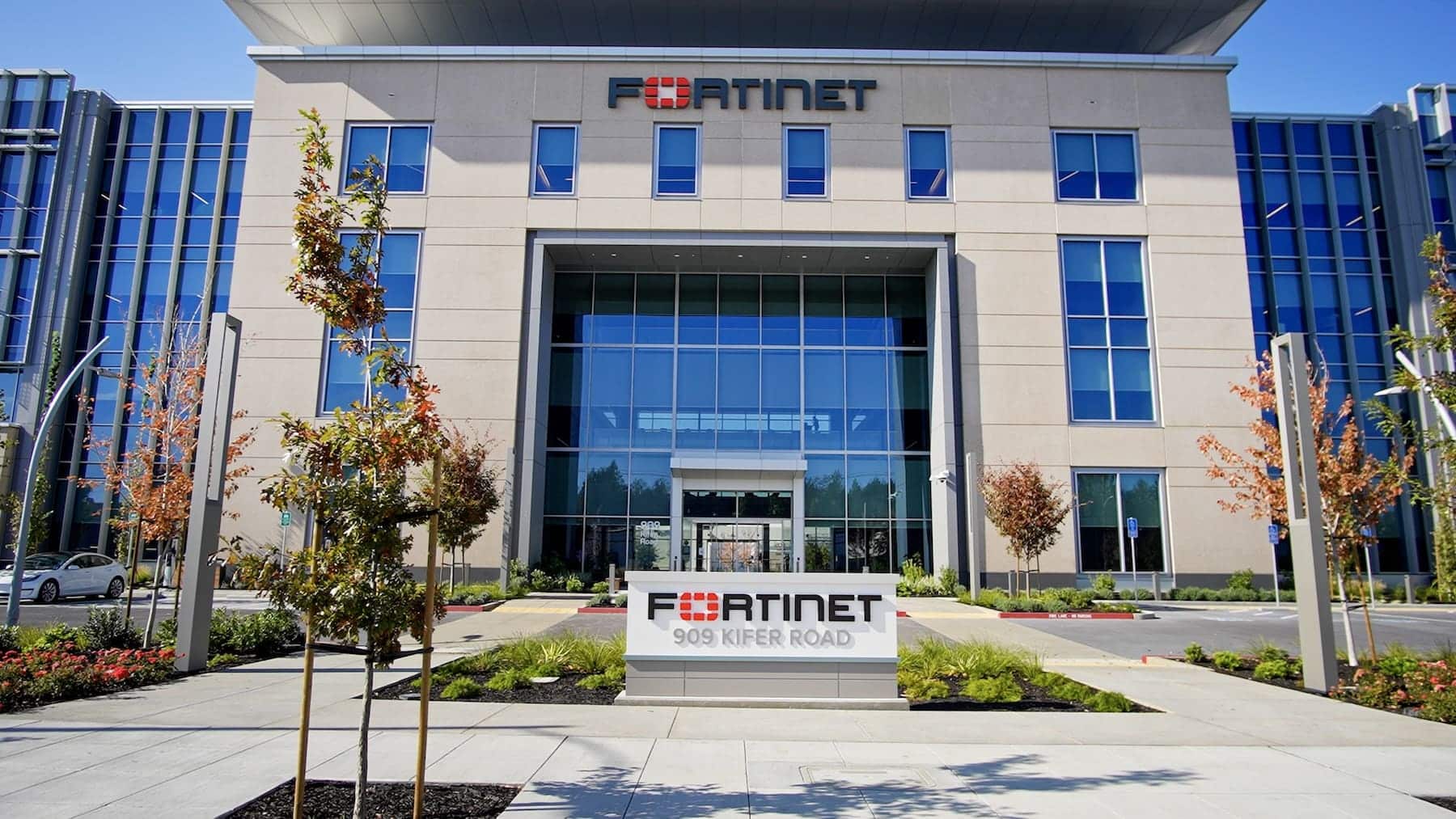Fortinet, a global leader in cybersecurity and the convergence of networking and security, has announced a major update to its FortiRecon platform, positioning it as one of the most comprehensive solutions on the market under the framework of continuous threat exposure management (CTEM).
The new version expands internal attack surface monitoring, enhances adversary-focused threat intelligence — including dark web sources — and integrates advanced security orchestration, all within a unified platform. The goal is to help organizations proactively identify and prioritize actual exposures, validate risks as an attacker would, and accelerate responses to minimize the likelihood and impact of breaches.
A constantly evolving threat landscape
The growth of attack surfaces and an influx of non-prioritized alerts are overwhelming CISOs and security teams. According to Gartner, by 2026, organizations that invest in continuous exposure management programs will be three times less likely to suffer a breach than those that do not.
In this context, Fortinet aims to provide businesses with an “attacker’s eyes” view of their internal and external exposures, backed by AI-powered threat intelligence from FortiGuard Labs, real-world validation, and automated response.
“With the improvements in FortiRecon, we provide organizations with analysis and response capabilities that go beyond mere alerts. We help them focus on what truly matters, reducing risks and vulnerabilities before they can be exploited,” said Nirav Shah, Fortinet Senior Vice President of Products and Solutions.
From theory to practice: CTEM on a single platform
FortiRecon integrates natively with Fortinet’s AI-driven SOC, covering the five pillars of the CTEM framework defined by Gartner:
- Scoping
- Discovery
- Prioritization
- Validation
- Mobilization
Operating these pillars within a single environment reduces fragmentation and facilitates coordinated remediation efforts between security and IT teams.
Key updates in FortiRecon
Attack Surface Management
Continuously monitors internal and external exposure from an adversary’s perspective. The latest update adds severity ratings from the National Vulnerability Database (NVD) along with FortiRecon’s own Active Exploitation metrics, streamlining patch prioritization.Adversary-focused intelligence
Provides actionable insights on dark web activity, ransomware campaigns, leaked credentials, vulnerabilities exploited in real environments, and risky providers. Enables bulk downloads of indicators of compromise (IOCs) and malware infection details like stealer variants, accelerating SOC workflows.Brand protection
Detects and neutralizes domain impersonation, fraudulent mobile apps, phishing campaigns, and targeted attacks against executives. Uses proprietary algorithms to find and takedown fake domains, malicious apps on official stores, data leaks in code repositories, and open storage buckets.Security orchestration
Automates incident investigation and response through security playbooks, reducing analysts’ time to prioritize and act. Ensures consistent mitigation across all environments.
Flexible licensing and cloud deployment
FortiFlex customers can use existing credits to deploy FortiRecon Cloud. FortiFlex offers usage-based licensing and a broad catalog of services for hybrid and multi-cloud environments, as well as managed security service providers (MSSPs).
When purchased via major cloud marketplaces, it can also help meet existing cloud spending commitments.
Industry recognition and success stories
Fortinet was recognized as a Leader in the KuppingerCole Leadership Compass 2025 report for Attack Surface Management, highlighting the operational maturity of FortiRecon and its support for environments like CIS, ICS, IoT, and OT. Its integration within the Fortinet Security Fabric ecosystem—including FortiGate NGFW, FortiSOAR, FortiSIEM, and FortiDast—is also emphasized.
On the client side, Paul Cragg, CTO of Norm Cyber, states that the tool has transformed their managed security services:
“Now we can prioritize remediation based on business impact, reducing risks faster and demonstrating measurable results to our clients. It’s a key differentiator for building long-term trust.”
Addressing current cybersecurity challenges
FortiRecon’s enhancements arrive at a time when organizations face:
- Growing attack surfaces due to cloud, IoT, and hybrid deployments
- Alert fatigue from excessive non-prioritized notifications
- Fragmented security operations making unified responses difficult
This new approach, based on continuous exposure management, shifts the focus from reactive to informed prevention, reducing reliance on post-incident responses and sustainably improving security posture.
FAQs
1. What is the CTEM framework and why is it important?
Continuous Threat Exposure Management is a proactive approach to identify, prioritize, validate, and mitigate vulnerabilities before attackers exploit them, optimizing cybersecurity investments.
2. How does FortiRecon help reduce alert fatigue?
By combining threat intelligence, real-world validation, and automated orchestration, it filters noise and concentrates on threats with the highest potential impact.
3. What sets FortiRecon apart from other attack surface monitoring solutions?
Its native integration within the Fortinet ecosystem, extensive coverage across IT, OT, and IoT environments, and advanced adversarial intelligence make it a comprehensive, unified solution.
4. Can FortiRecon be deployed in multi-cloud environments?
Yes. Thanks to FortiFlex and its compatibility with leading cloud marketplaces, deployment is flexible across hybrid and multi-cloud setups.
Source: Fortinet article

